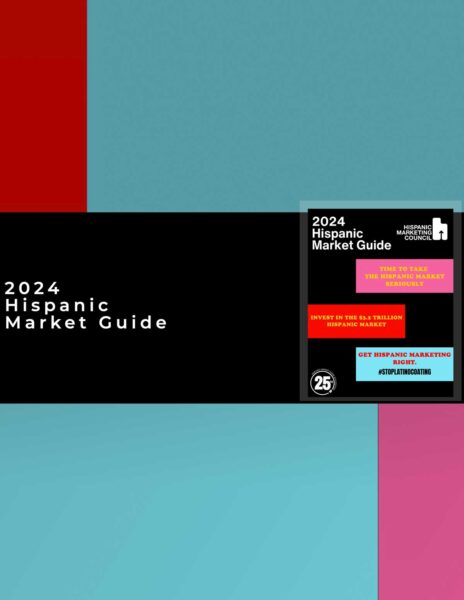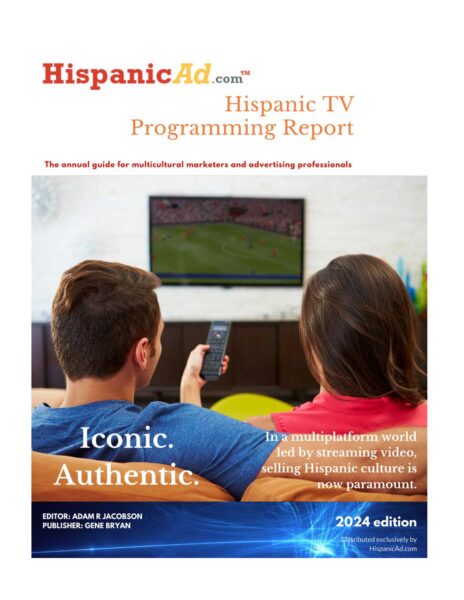The Great Crosscultural Land Grab.
April 29, 2013
by Ken Muench / crossculturalism.com
By now, the majority of marketers get it: far from being isolated silos in society, multicultural groups are the ones creating “mainstream” culture. Unless you’re completely landlocked in a white suburb, you’ve noticed that popular music is almost entirely Black, Asian and Hispanic. You’ve also seen television virtually abandon the white sitcom for shows that focus on an eclectic mix of subcultures (Modern Family, The Voice, American Idol, etc.).
If you’ve been particularly inquisitive, you may have noticed that over the last 10 years, an
amazing 32% of words added to the dictionary actually come from other cultures (shawarma, raeggeton, manga). Americans are now clearly enthralled by these once-fringe folks.
Likewise, your curiosity may have led you to discover that this influence extends beyond pop culture. Gallup’s “Most Admired” poll, for instance, has been tracking whom Americans most admire, since 1948. In 1960, in the top 20, there was only one non-white celebrity: singer Marian Anderson. Today, that 5% has grown to an incredible 40% of the list! Eight out of the twenty most admired people are either Black or Asian. And importantly, not a single one of those folks is a rapper or golfer. We’re talking two Obamas, The Dalai Lama, Nelson Mandela, Condoleeza Rice, Oprah, Malala Yousafzai and Aung San Suu Kyi.
The tides have been flipped. It is now the minorities—and global influences—that are setting a significant part of the cultural tone for the nation. This much seems to be self-evident. And it also seems to extend into the most personal aspects of our lives.
One study we did, for instance, was with the largest free dating site: OkCupid. With them, we analyzed the communications among their 1 M+ members and discovered some telling dynamics. If you’re over the age of 50, the most common behavior is to try to get a date with someone of your own ethnicity. But if you’re under the age of 35, staying solely within your ethnicity is actually the most uncommon behavior! It’s a complete reversal of attitudes. Millennials are influenced by—and attracted to—multicultural folks to a degree never before seen in this country.
So marketers get it—or are hopefully starting to: multicultural groups in this country can no longer be treated solely as siloed entities. They seem to be at the very epicenter of the creation of American culture. Seeing Hispanics, Asians and African Americans only as a source of additional sales now seems to miss the big picture. Given this, marketers should be asking themselves “How do I connect with and leverage these folks to make my brand part of this new American pop culture?”
The advertising industry has also started grappling with this question. Agencies are now in a heated debate over the turf. Are general market shops capable of becoming culturally aware? Are multicultural agencies capable of doing great general market work? Each side fervently believes that they are the only ones equipped to handle this new crosscultural generation.
But the truth is, very few agencies on either side are truly set up for the task. They’ve been too busy defending their side of the multicultural/general market line to realize that consumers have already long stepped over it and made the line feel almost…quaint.
In the end, the agencies—and brands—that falter, will probably be those that steadfastly stay on their side, while the winners cross-pollinate ideas, insights, and a vibrant mix of cultures to create a brand new era in American advertising. An era, by the way, that consumers are already happily living in.
To view larger charts CLICK above on ‘More Images’.































